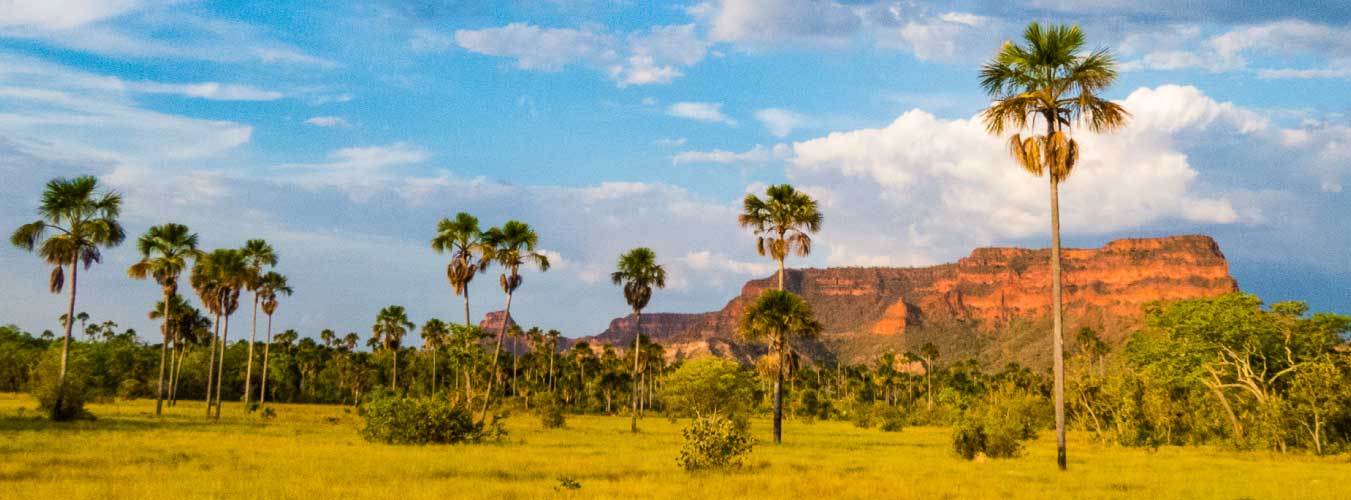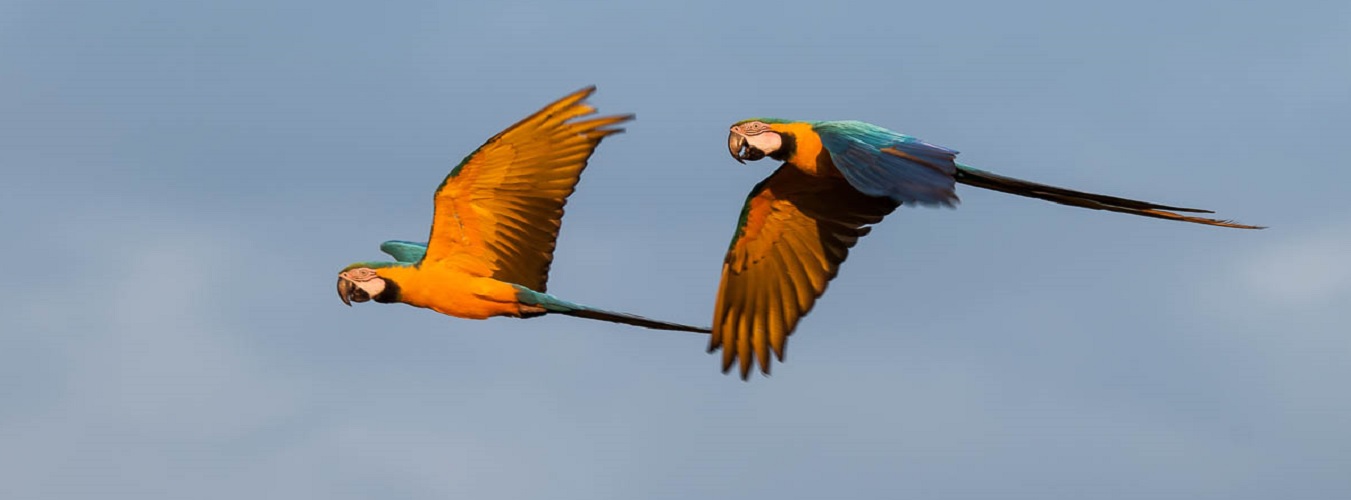The largest wetland in the World, the Pantanal is one of the last major untouched nature reserves on the face of the earth, and a land of superlatives.
A Safari with great photo opportunities and the very best chances of photographing wild jaguars!
Overview
Jaguar Photography – Safari in the Pantanal – Brazil
“An amazing wildlife experience in one of the richest spots still left on earth”
The largest wetland in the World, the Pantanal is one of the last major untouched nature reserves on the face of the earth, and a land of superlatives. The wildlife is amazingly abundant here, and it’s seasonally flooded plains attract immense quantities of birds and caimans, and is also one of the most mammal rich areas of South America. The Transpantaneira road transects the northern portion of the Pantanal and offers the visitor close encounters with Jabiru storks, Roseate Spoonbills, Southern Screamers, Sungrebe and Sunbittern, Hyacinth Macaw, Helmeted Manakin, Orange-backed Troupial, at least four species of ibises, several species of birds of prey, egrets, herons, woodpeckers, and many other animals that come to the ditches along the road in search of water and food, making every drive a great safari. Among the mammals possible on this trip are Capybara, Crab-eating Raccoon, South-American Coati, Southern Tamandua, Giant Anteater, Black Howler monkey, Hooded Capuchin, Crab-eating Fox, Ocelot, Marsh Deer, Giant Otter, Brazilian Tapir and of course, the Jaguar!
Highlights: Wild Jaguars in day light, Giant Otters, Tapir, Giant Anteater, Capibaras, Monkeys, Caymans, Macaws, Parrots, Toucans, Jabiru Storks and other atractive birds. Great photo oportunities.
Ask for a quote
Discover more

Manned Wolves and Einstein Monkeys – Brazilian Savanas
This expedition takes place at the Parnaiba Headwaters National Park, a region of a particular scenic beauty where the vegetation is comprised by Cerrado scrublands and gallery forest.

Central Amazon-Mamirauá Reserve – Amazon
Few places on Earth still hold the magic aura found at Mamirauá Reserve. Brazil’s first “Sustainable Development Reserve”, Mamirauá is a huge reserve along the upper Amazon (Solimões) river

Emas National Park
Emas National Park is one of the largest protected areas of campo-cerrado habitat, which comprises a vast mosaic of open savannas and scrublands.






